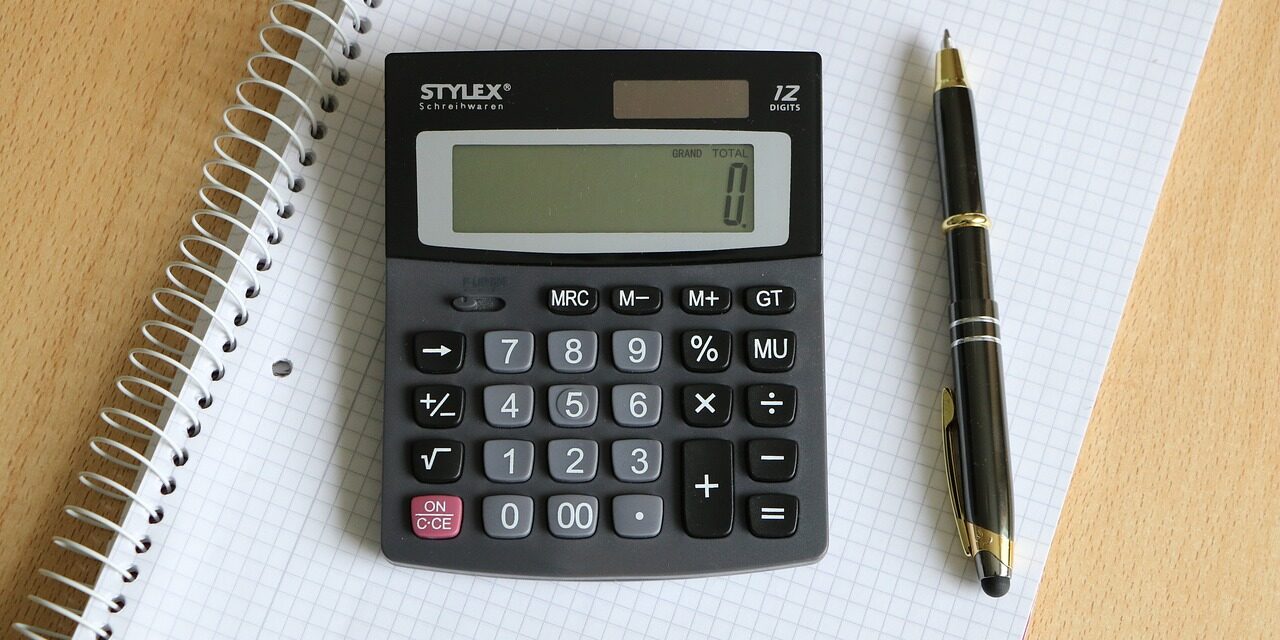The calculator has evolved from rudimentary counting devices to sophisticated electronic machines integral to education, engineering, finance, and everyday life. Its journey is intrinsically linked to humanity’s quest to simplify mathematical processes, facilitating greater accuracy and speed in computations. Yet, as society has transformed and embraced digital technology, the calculator’s prominence has waned, leading to questions about its relevance in an age dominated by smartphones and intelligent devices. This essay explores the historical significance, demographic shifts, and the eventual obsolescence of traditional calculators in the context of the digital age.
Historical Background
The origins of the calculator can be traced back to ancient civilizations. The abacus, one of the earliest calculating tools, emerged over 2,000 years ago in Babylon and Egypt, showcasing humanity’s need for computational tools. Throughout the Middle Ages, various iterations of counting boards and manual devices were developed, facilitating accounting and trade. The Renaissance brought significant advancements in mathematical thought and instruments; however, the first mechanical calculator, designed by Blaise Pascal in 1642, revolutionized computation. Pascal’s Pascaline was capable of performing addition and subtraction, marking a significant milestone.
In the 19th century, Charles Babbage conceptualized the Analytical Engine, which could execute a series of operations based on a program, laying the groundwork for modern computing. The invention of the electric calculator in the 1960s, powered by transistor technology, further transformed the landscape, allowing for more complex calculations. By the late 1970s, handheld calculators began to flood the market, driven by advancements in microelectronics. Companies like Texas Instruments and Casio produced affordable models that became staples in classrooms and boardrooms alike.
Demographics and Usage Trends
The calculator’s demographic reach has changed significantly over the decades. Initially, calculators were primarily utilized in academic and professional settings, accessible to those pursuing higher education or working in technical fields. The 1980s witnessed a surge in calculator use among students; the National Council of Teachers of Mathematics (NCTM) even began to endorse calculators as valuable educational tools. By the late 1990s, nearly 70% of high school students had access to calculators, fundamentally altering mathematical instruction methods.
However, as digital technology began infiltrating various aspects of life, calculator ownership and usage patterns began to shift. The advent of smartphones played a transformative role in this decline. In 2007, Apple’s introduction of the iPhone provided users with instant access to a plethora of applications, including advanced calculator functionalities. According to a 2015 survey by the Pew Research Center, more than 90% of adults in the United States owned a mobile phone, with over 64% owning smartphones. This transition, coupled with increasing digital literacy, led to a gradual decrease in traditional calculator usage—not only in schools but in the workplace as well.
The Digital Age and the Disappearance of Traditional Calculators
Statistics indicate a marked decline in the demand for traditional calculators. According to market analysis conducted in 2018, sales of consumer calculators dropped by 40% compared to previous years, reflecting a broader trend of digital displacement. The key driver of this phenomenon is the multifunctionality of smartphones and computers. Modern devices not only perform calculations but also offer features such as graphing equations, providing access to vast repositories of information, and integrating with online learning platforms.
Furthermore, in professional environments, software tools such as Microsoft Excel and specialized applications have largely supplanted the functionality of standalone calculators. In 2020, approximately 80% of financial analysts reported relying on Excel for computational tasks, contrasting sharply with the data from just a decade earlier.
The shift toward digital solutions raises fundamental questions regarding the implications of calculators’ disappearance. As reliance on calculators diminishes, there are growing concerns about the impact this trend may have on mathematical proficiency. Some educators argue that the ease of access to digital tools might inhibit critical thinking and problem-solving skills, while others contend that technology can enhance learning experiences if integrated thoughtfully.
Conclusion
The journey of the calculator from its primitive roots to its present state in the digital age highlights the remarkable evolution of human ingenuity. Once a tool of necessity, the traditional calculator has experienced a dramatic decline in relevance as digital technology reshapes how society approaches computation. While calculators played a crucial role in enhancing mathematical understanding across generations, they now face significant competition from multifunctional devices that redefine engagement with numbers. As we navigate this digital landscape, it will be essential to balance technology’s convenience with the imperative of fostering foundational mathematical skills. The legacy of the calculator endures in its contributions to education and industry, even as its physical form recedes into history.

